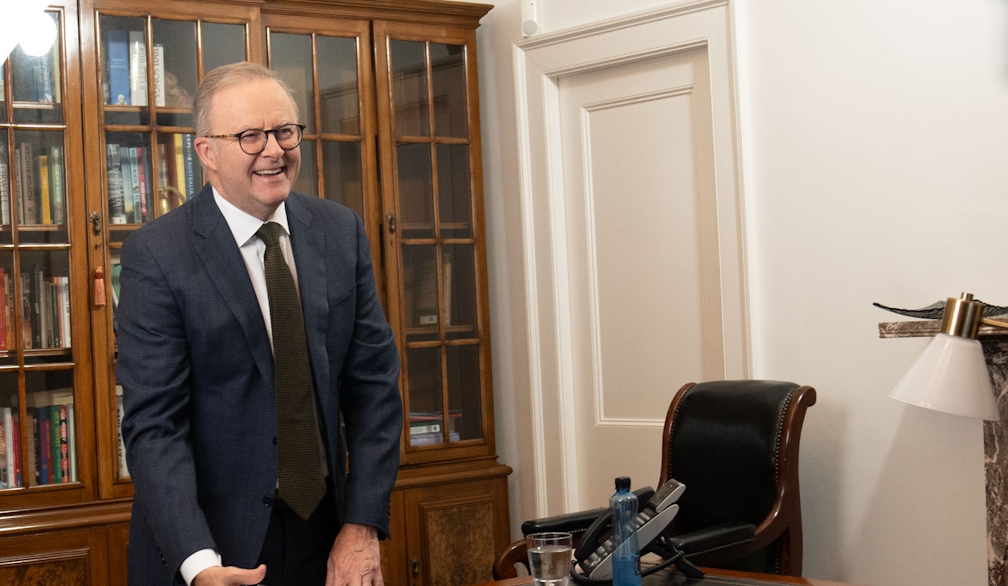Albanese government to fund 15% pay rise for childcare workforce, with a condition
- Written by Michelle Grattan, Professorial Fellow, University of Canberra

The Albanese government will fund a 15% pay increase for early childhood educators - tying it to centres agreeing to not increase their fees by more than 4.4% over the next year.
The pay rise will be phased in over two years, with a 10% increase from December and a further 5% from December 2025.
A typical worker paid at the award rate would receive $103 a week increasing to at least $155 a week from December 2025.
The cost of the move is $3.6 billion.
The May budget provided for funding higher childcare wages, although the government gave no details at the time.
The Productivity Commission, in an interim report into early childhood education and care, pointed to better wages and conditions as a key way to address workforce shortages in the sector. The government has the commission’s final report but has not yet released it.
The government said in a statement that it was providing the interim retention payment for two years “while the Fair Work Commission finalises its gender undervaluation priority awards review and as the government charts a path towards a universal childcare system”.
The Fair Work Commission began proceedings to investigate the historic undervaluation of early childhood education and care work, disability home care work, and other social and community services workers shortly after delivering its national wage case decision in the middle of the year.
It undertook to complete the review in time for next year’s wage case[1], to apply from the middle of next year.
At the time is said the review would not begin with a “blank slate” but would build on the reasoning used in earlier decisions about aged-care workers and teachers.
The aged care decision, delivered early this year, awarded increases of up to 28.5%[2].
The government said the interim childcare pay rise would be tied to a commitment from childcare centres to limit fee increases.
“We want to make sure workers can be fairly paid without the costs being passed on to families.”
Since Labor came to power the childcare workforce has grown by more than 30,000 but more people were needed. “This commitment will help retain our existing early childhood educators, who are predominately women, and attract new employees.”
Anthony Albanese said the government’s cheaper childcare policy had “already delivered increased subsidies to over a million families. This will provide even more cost of living relief.”
Treasurer Jim Chalmers said: “We’re improving access to affordable early childhood education and care, boosting productivity and workplace participation, and helping Australians work more when they want to”.
Education minister Jason Clare said the “child care debate is over. It’s not babysitting. It’s early education and it’s critical to preparing children for school.”
Minister for Early Childhood Education Anne Aly said: “This is a wonderful outcome for a highly feminised workforce that has for far too long been neglected and taken for granted”.
Read more: Low-paid wages up 3.75%, with more to come for childcare and health professionals[3]
References
- ^ in time for next year’s wage case (www.fwc.gov.au)
- ^ 28.5% (www.abc.net.au)
- ^ Low-paid wages up 3.75%, with more to come for childcare and health professionals (theconversation.com)

















